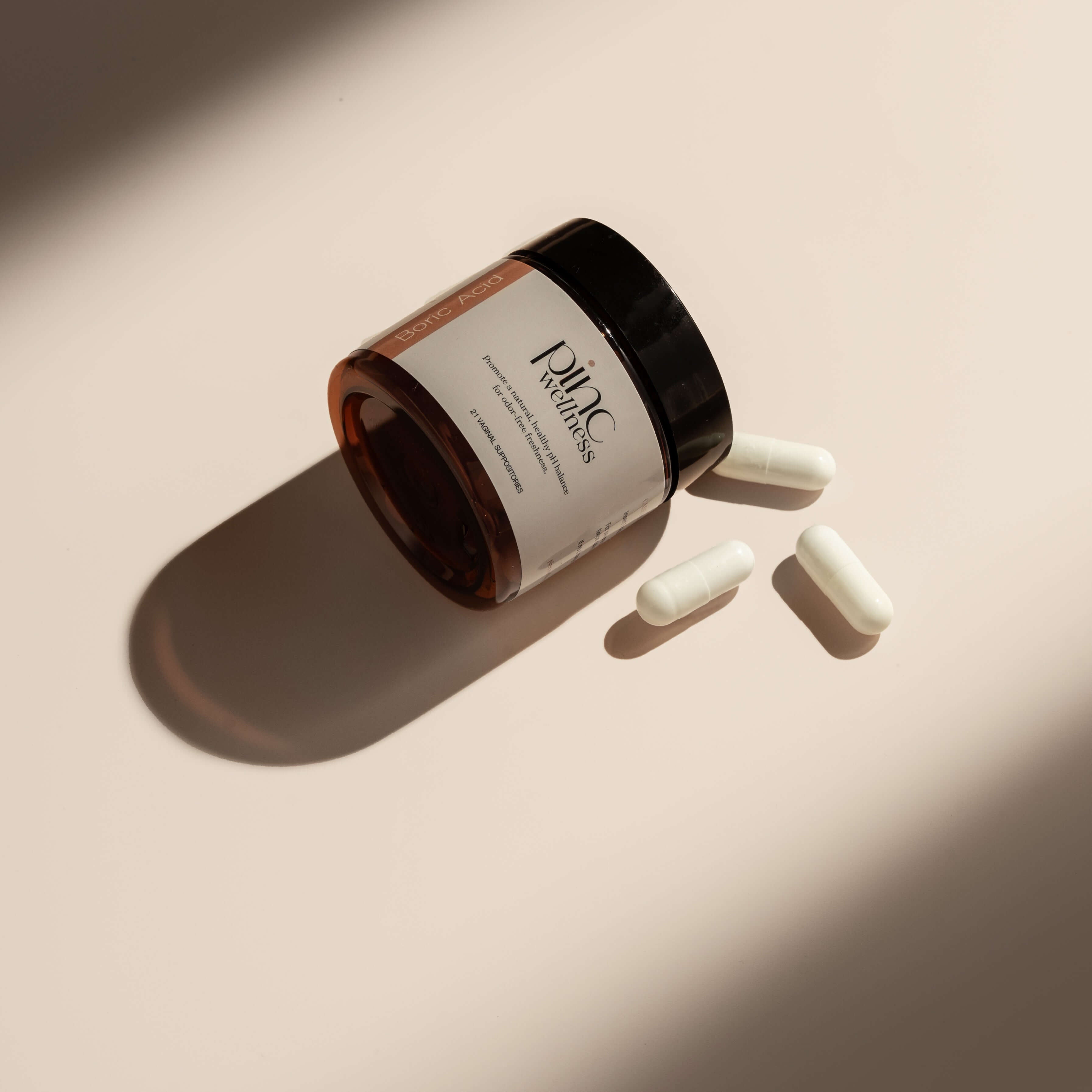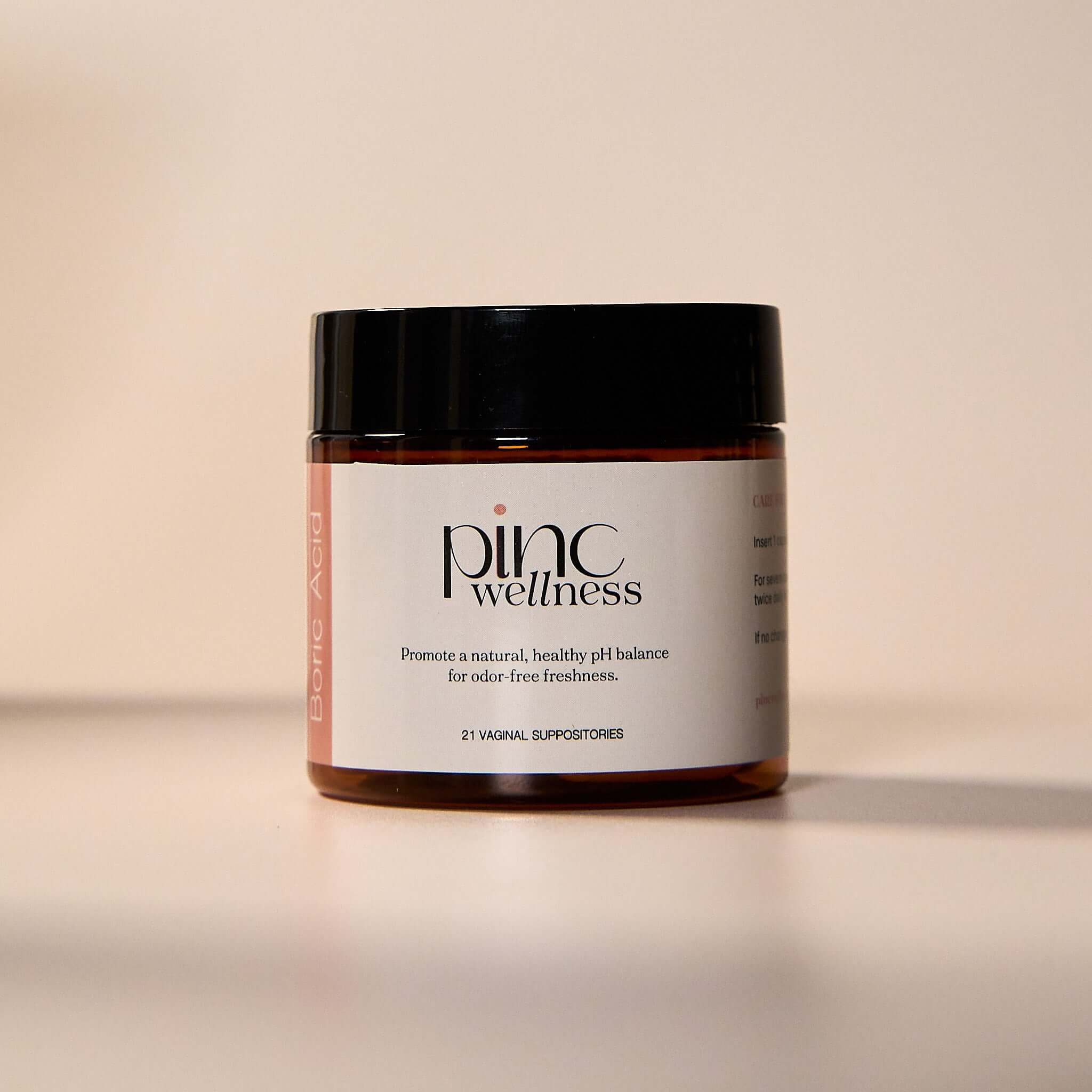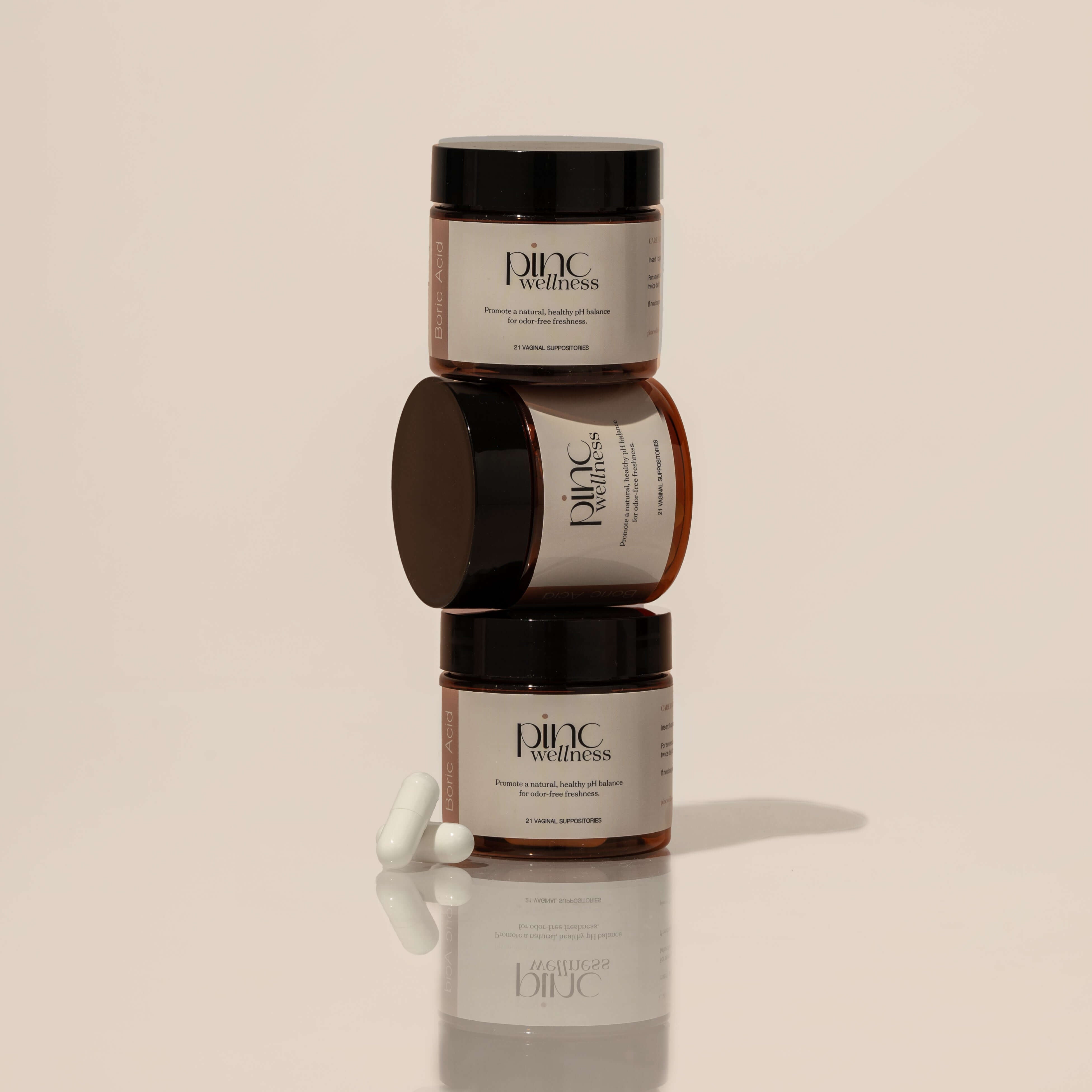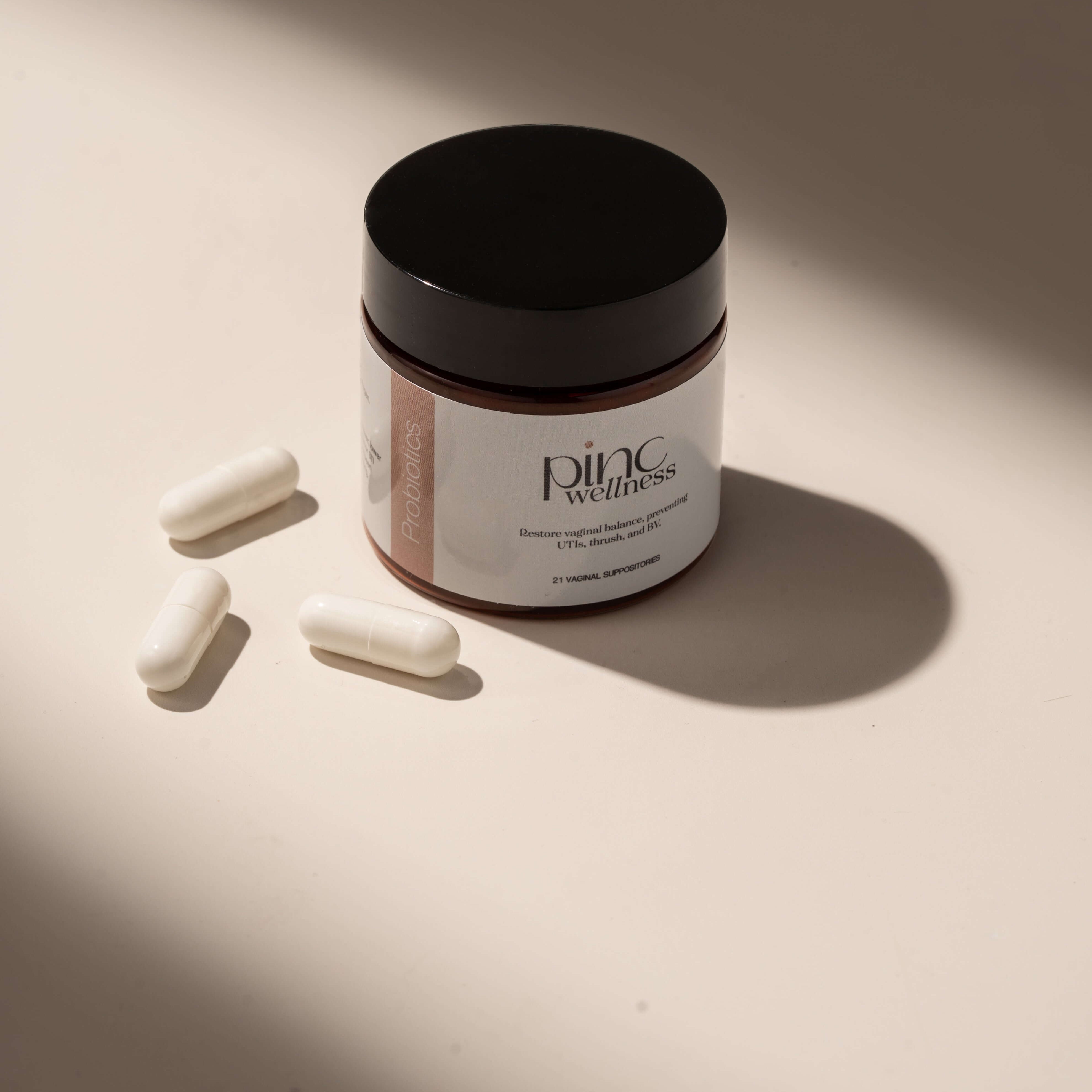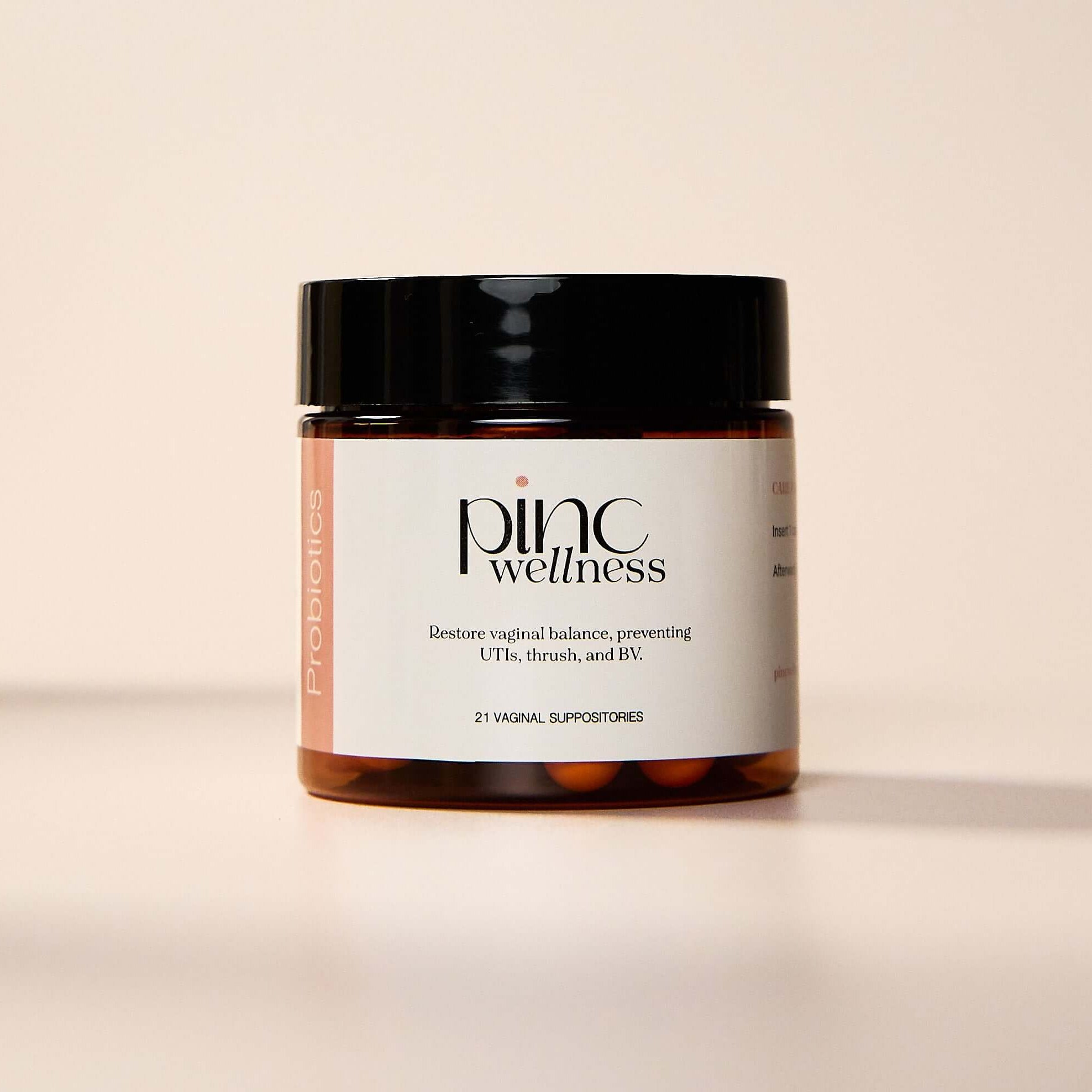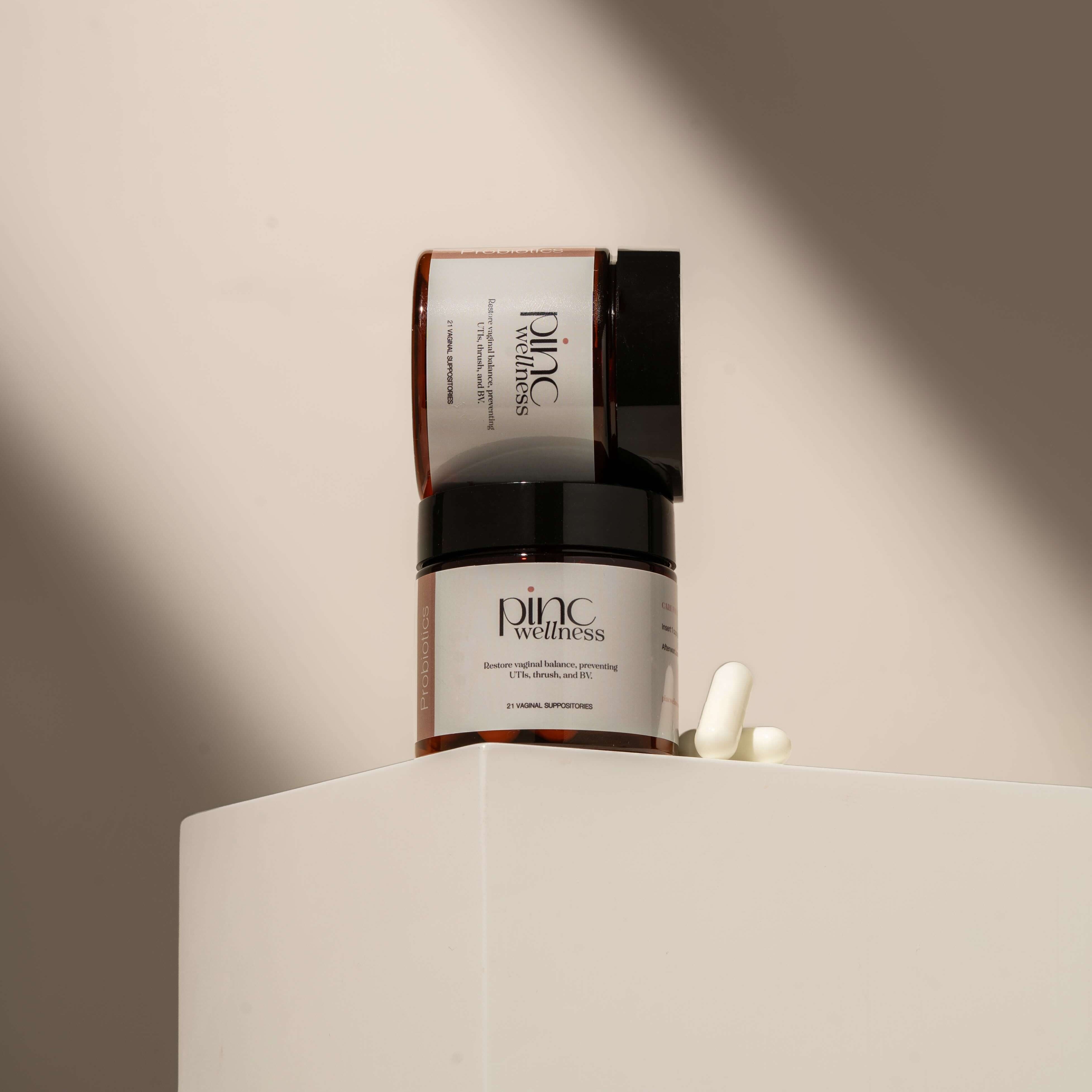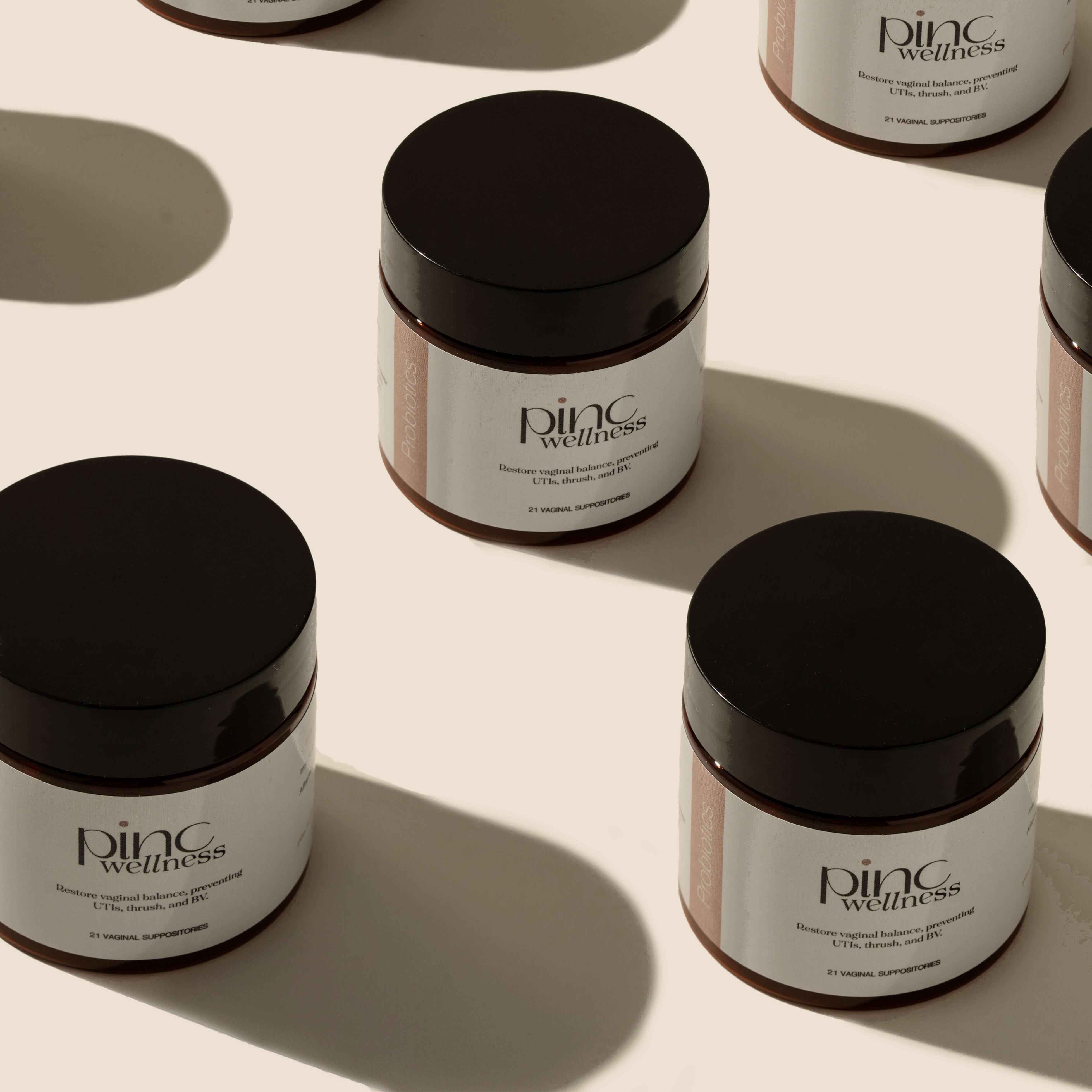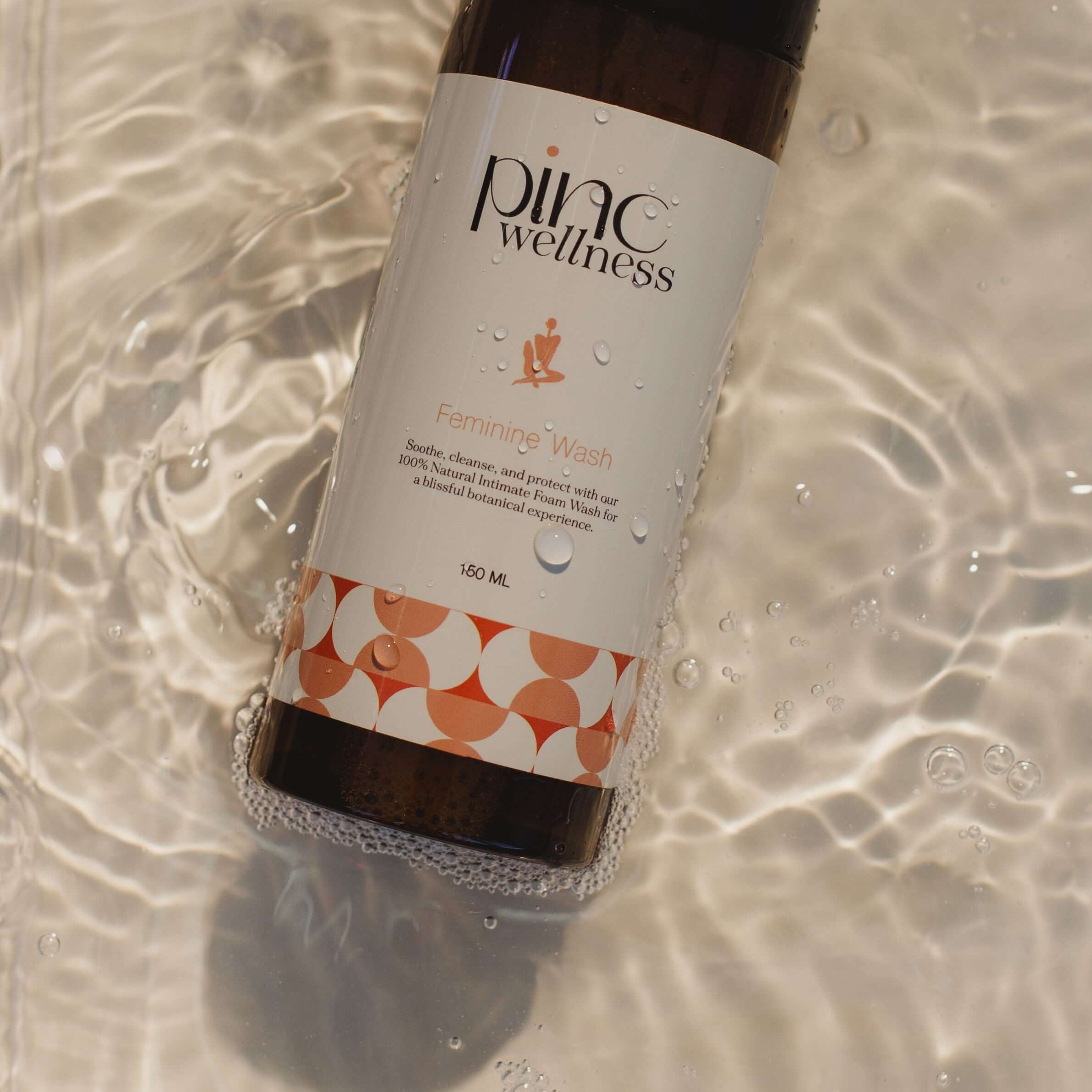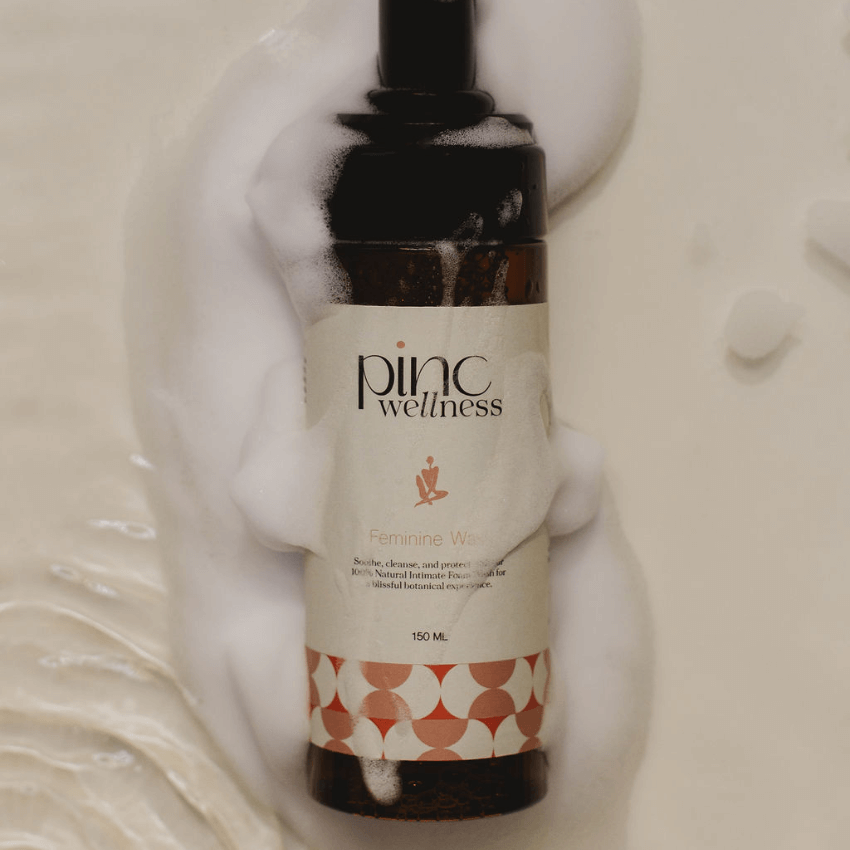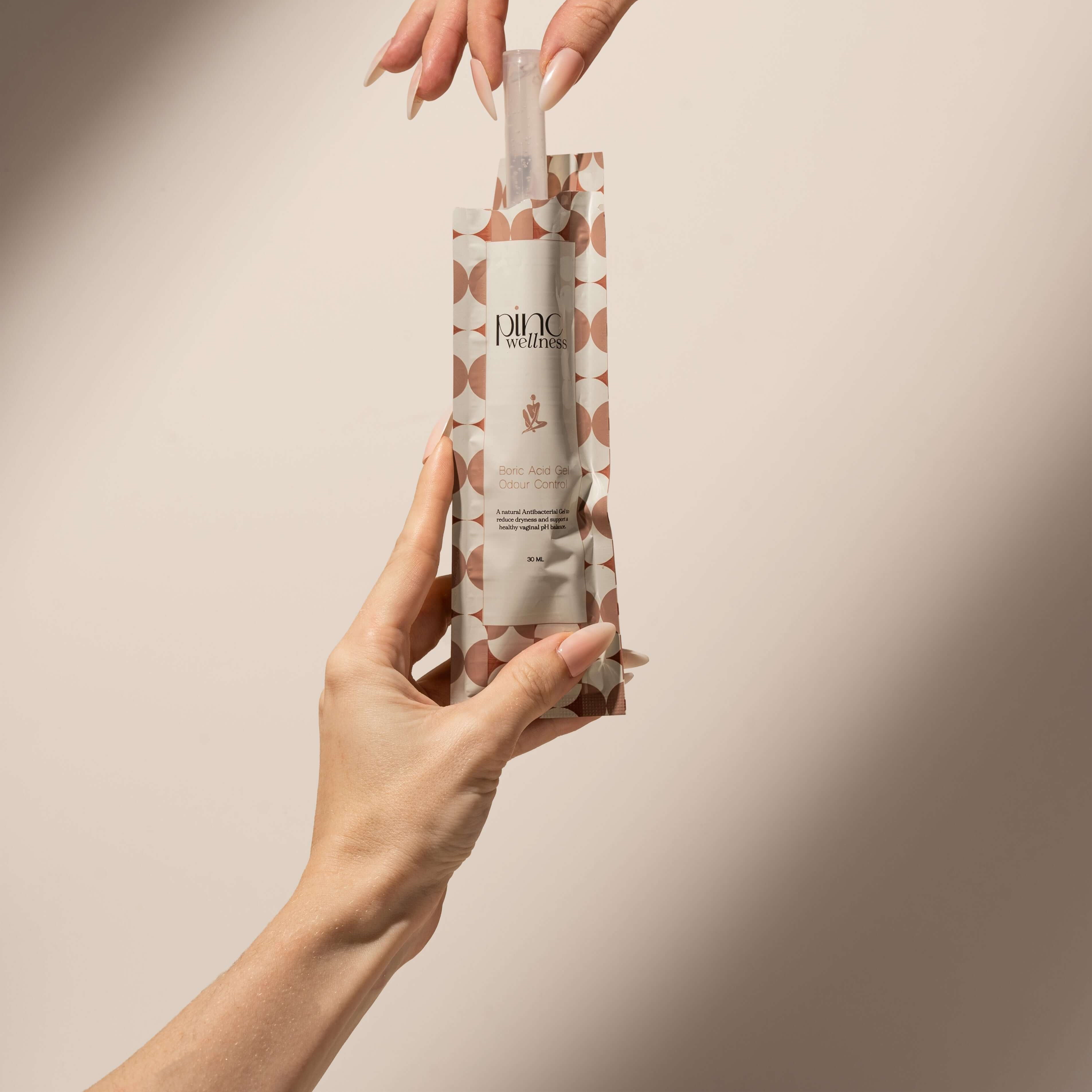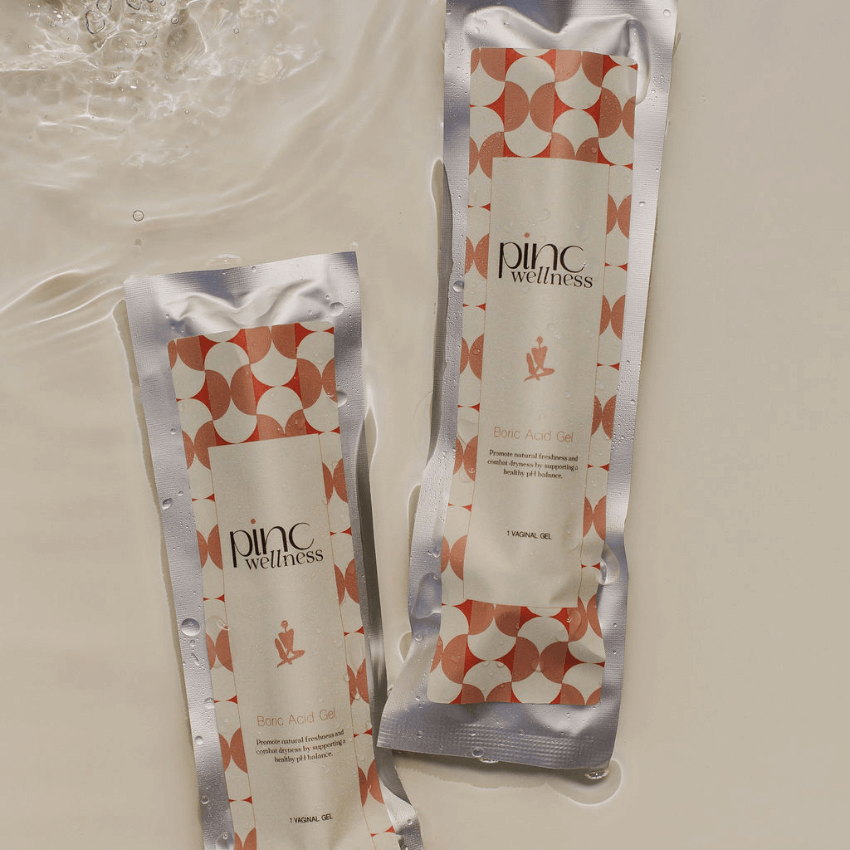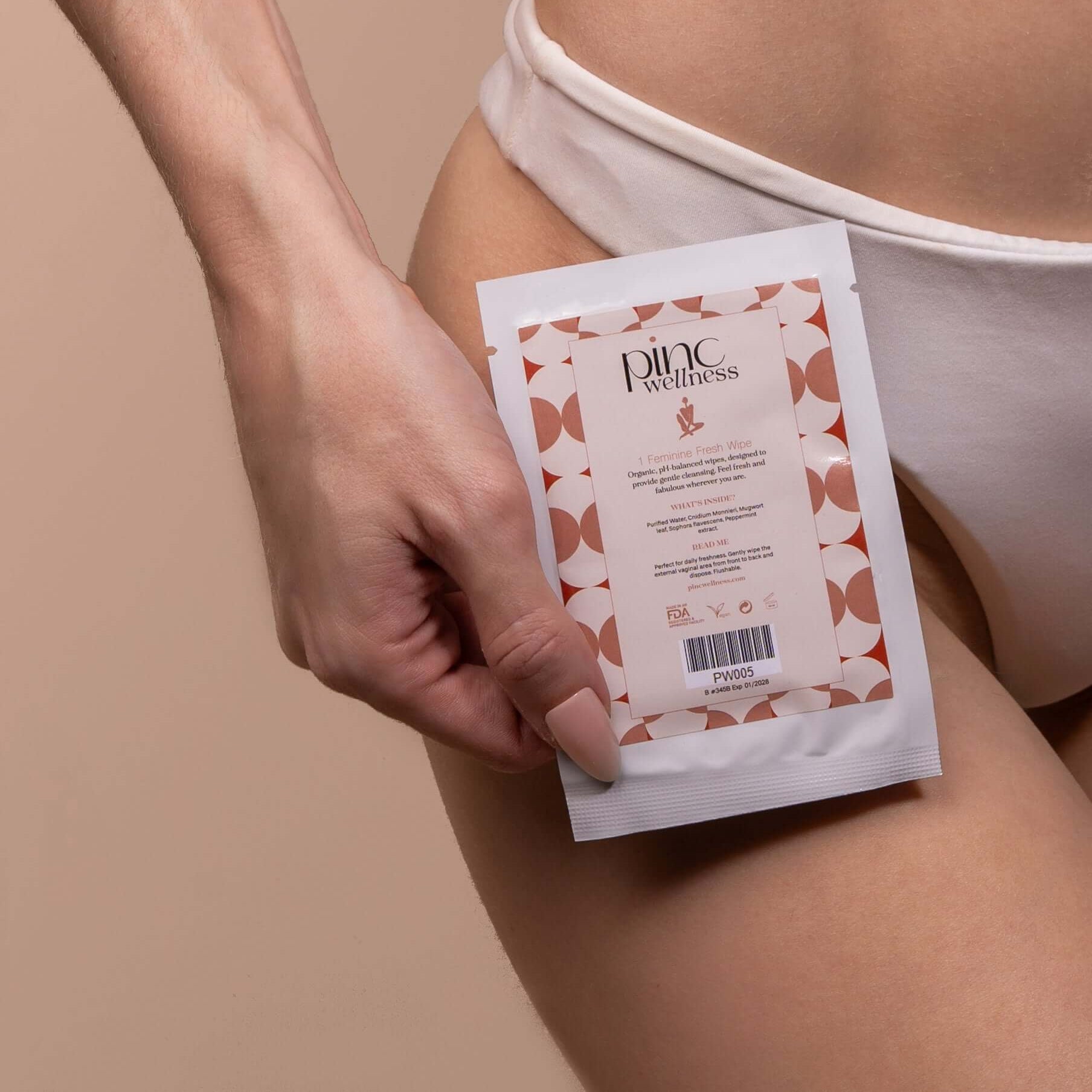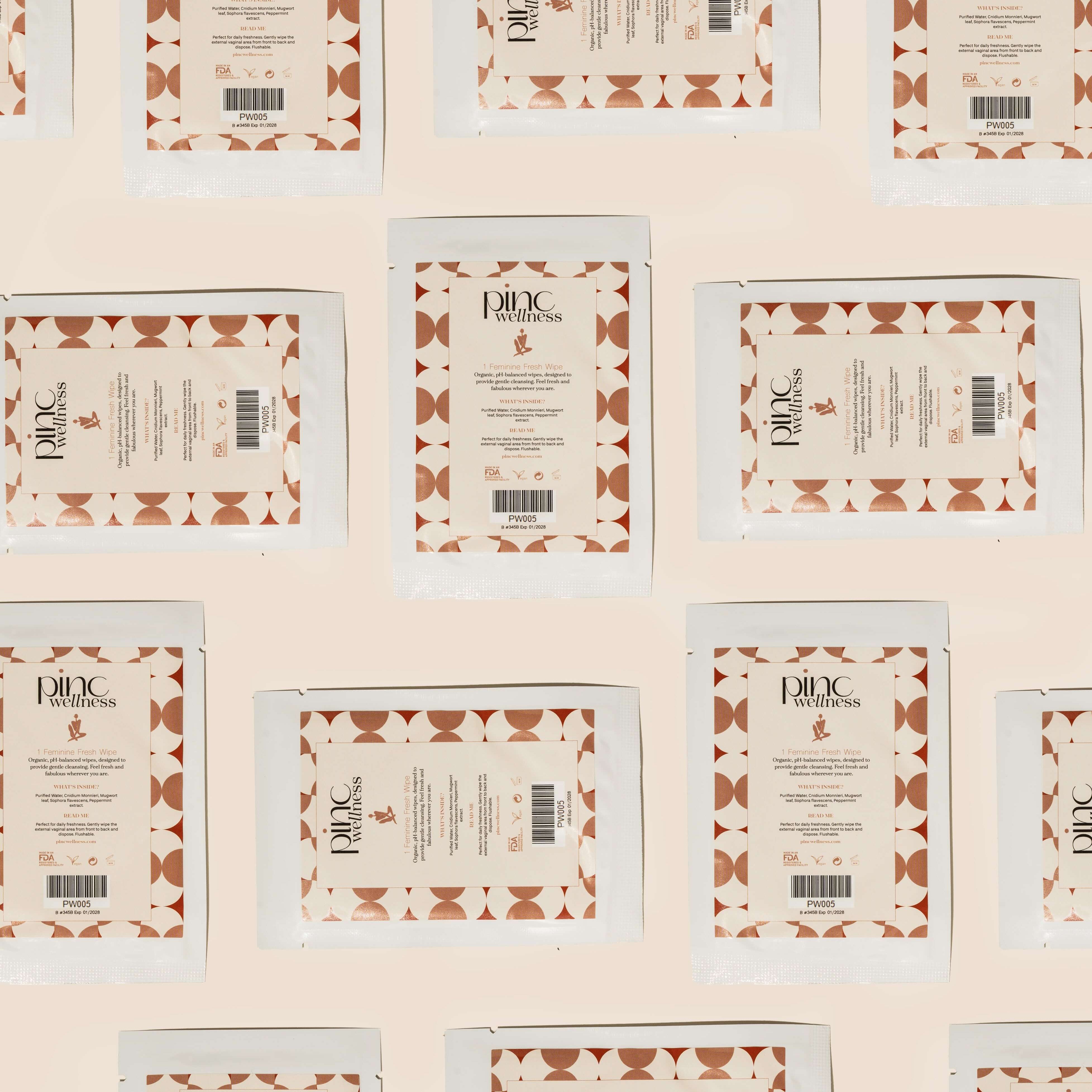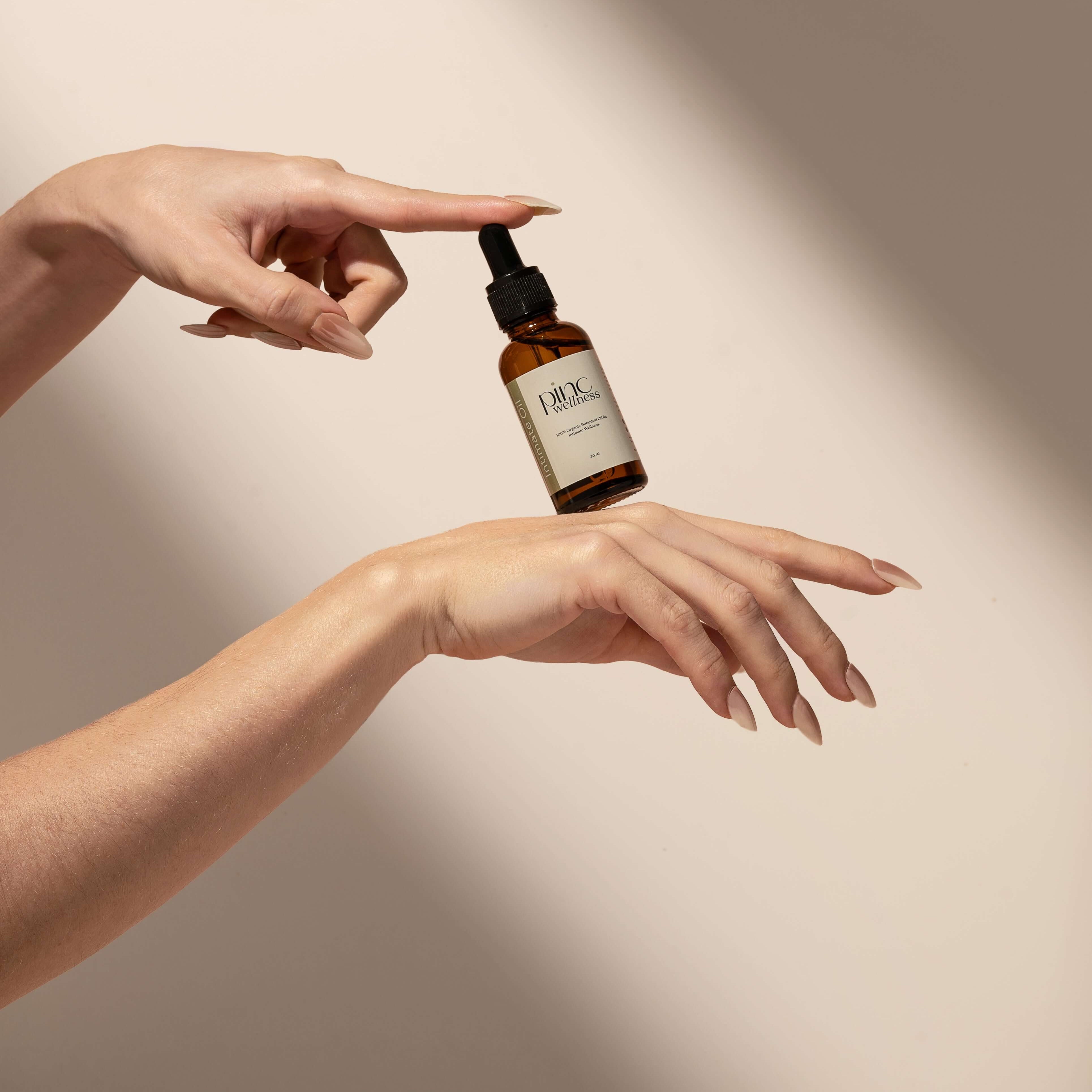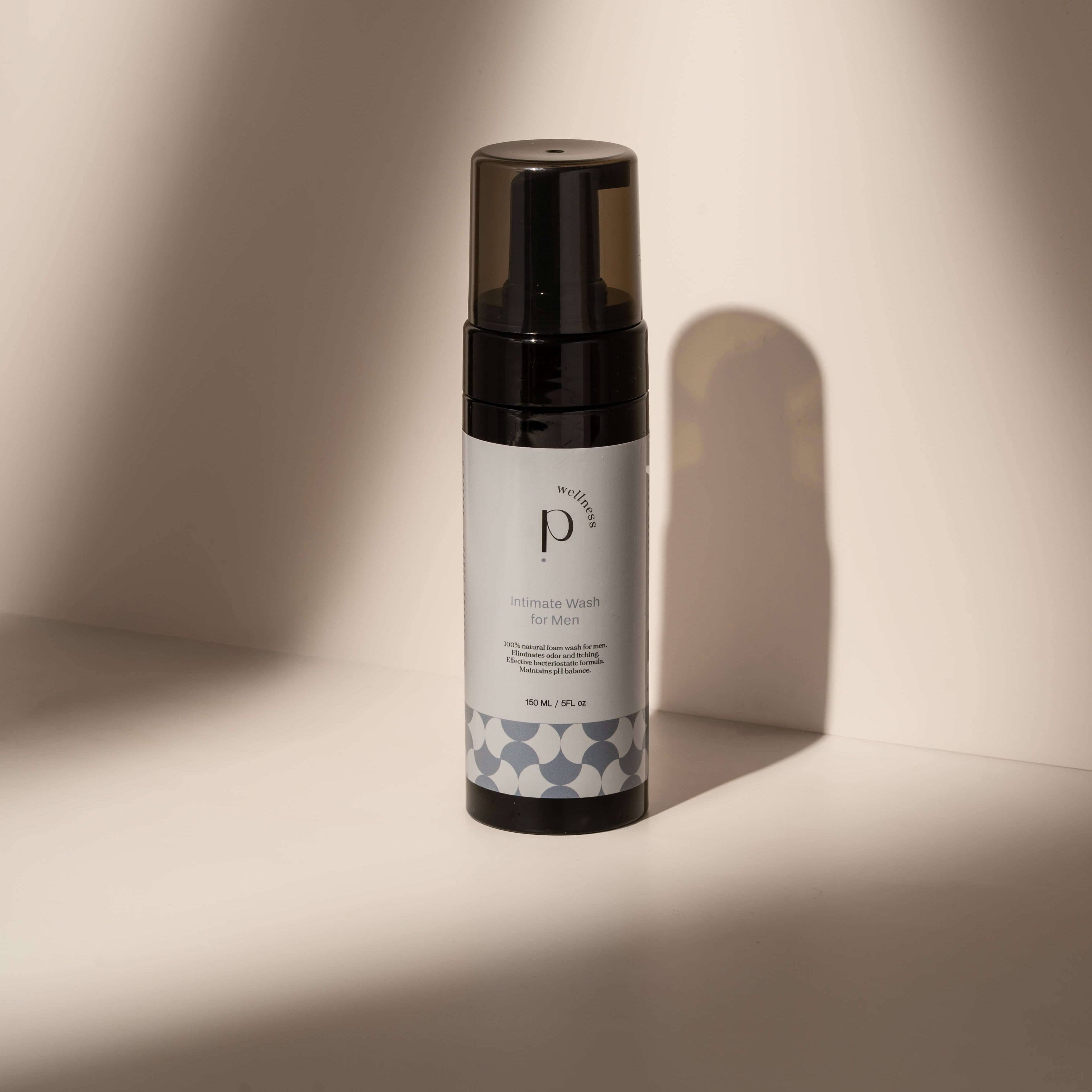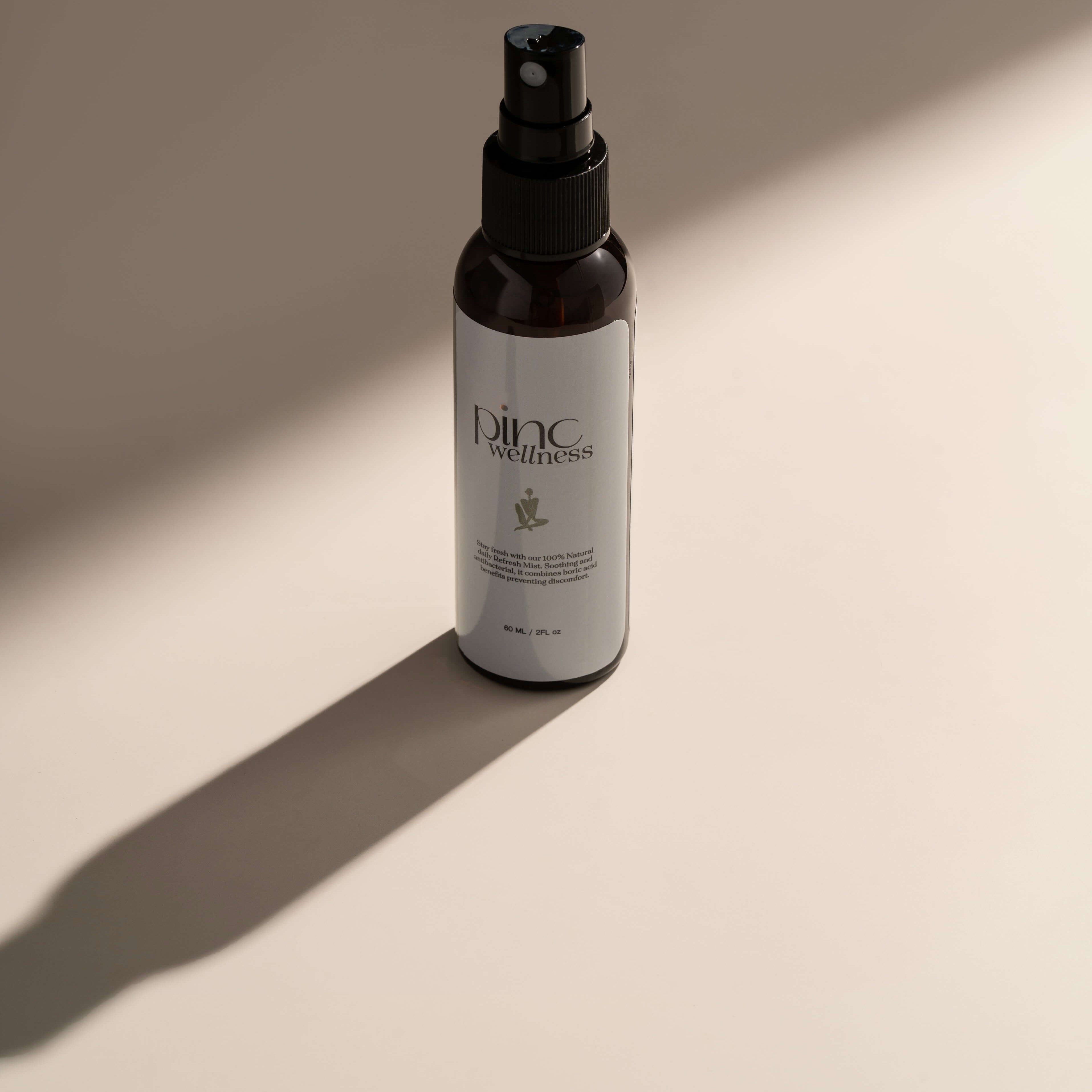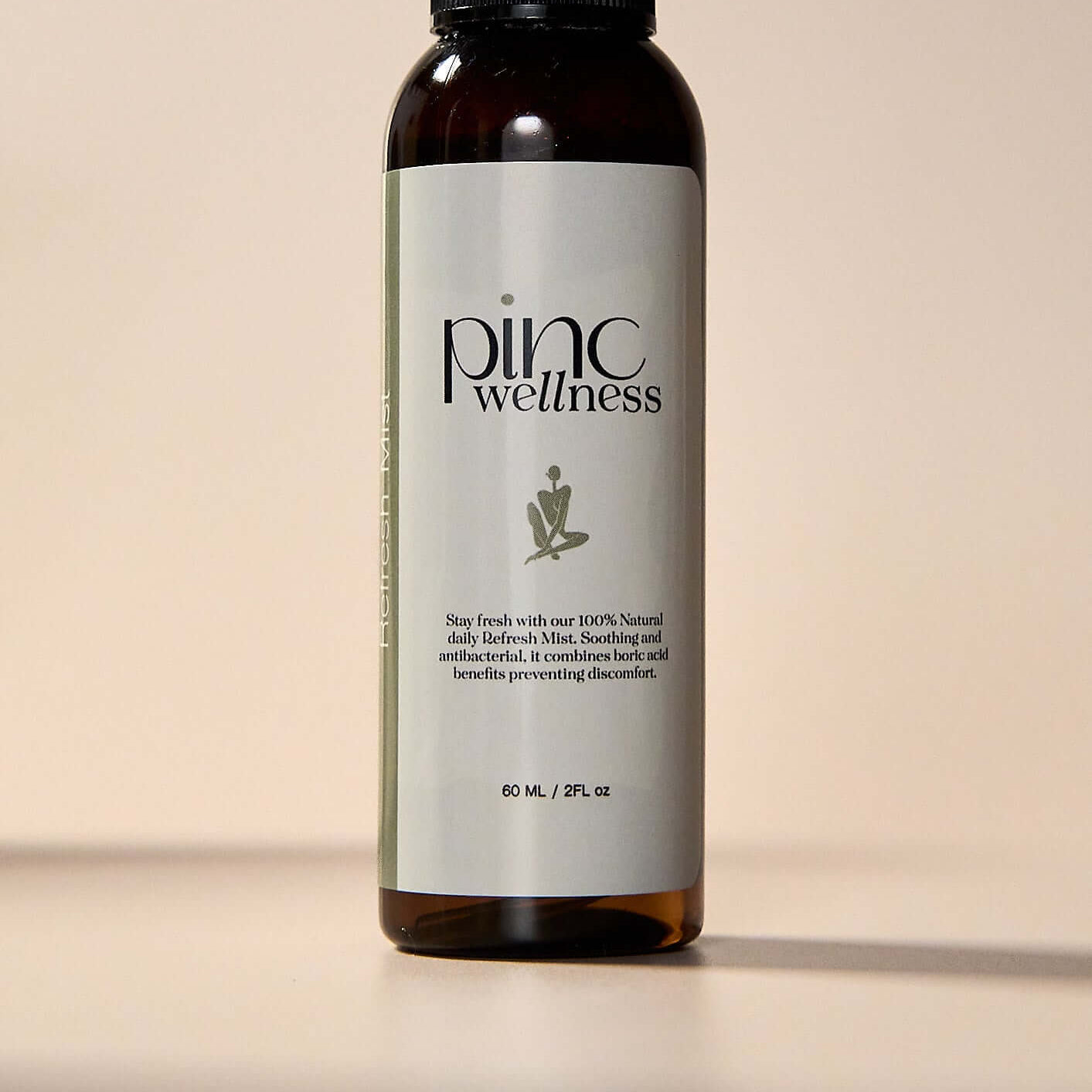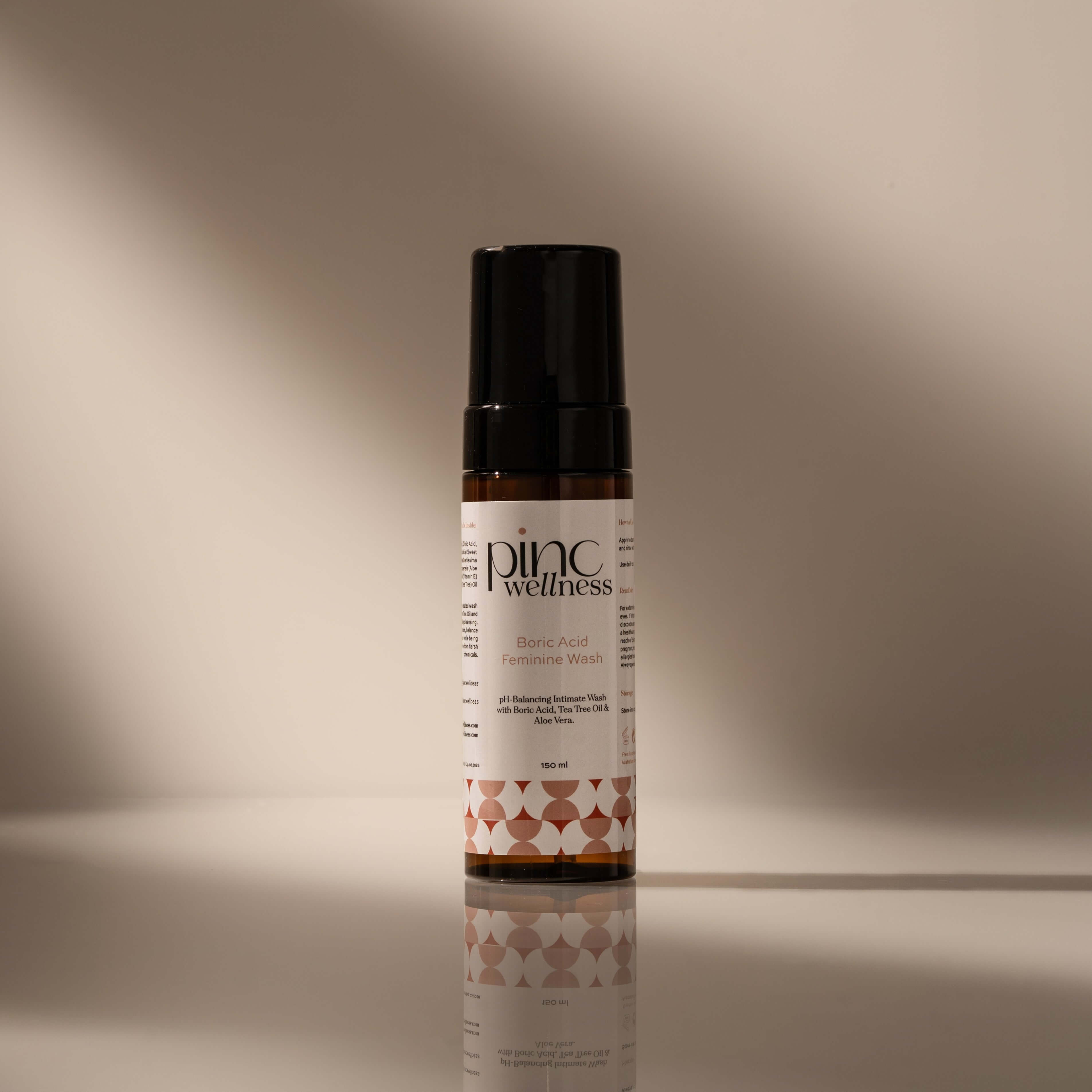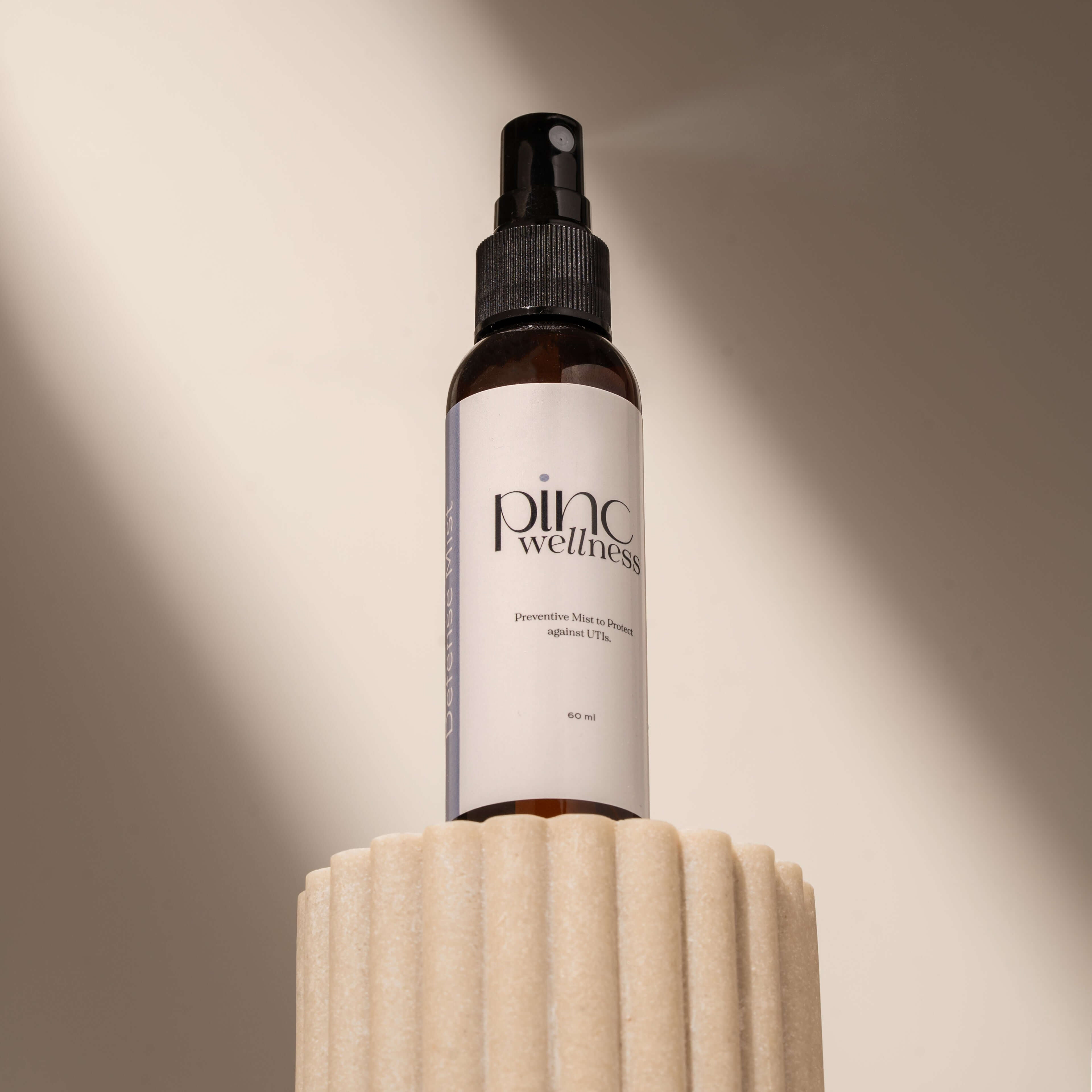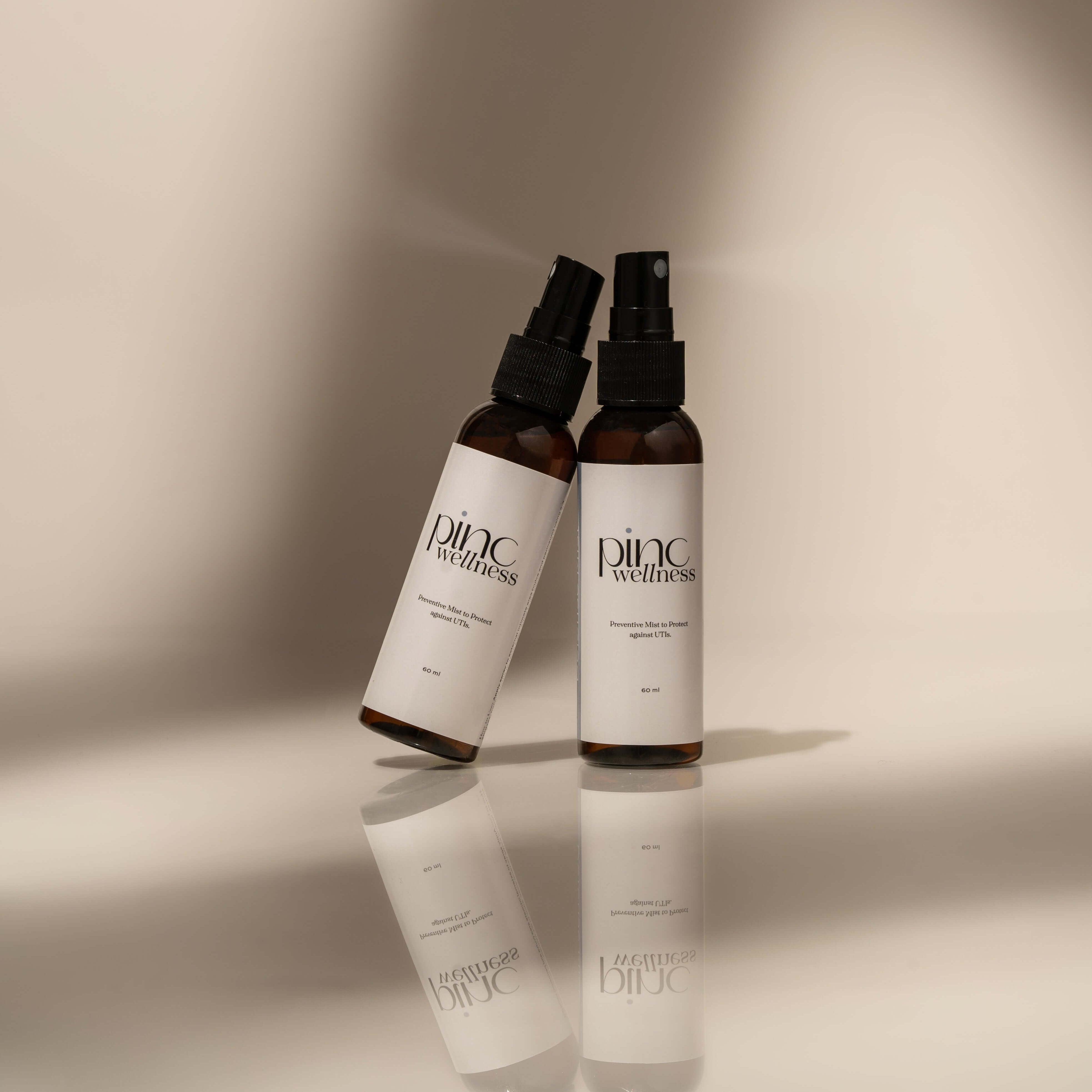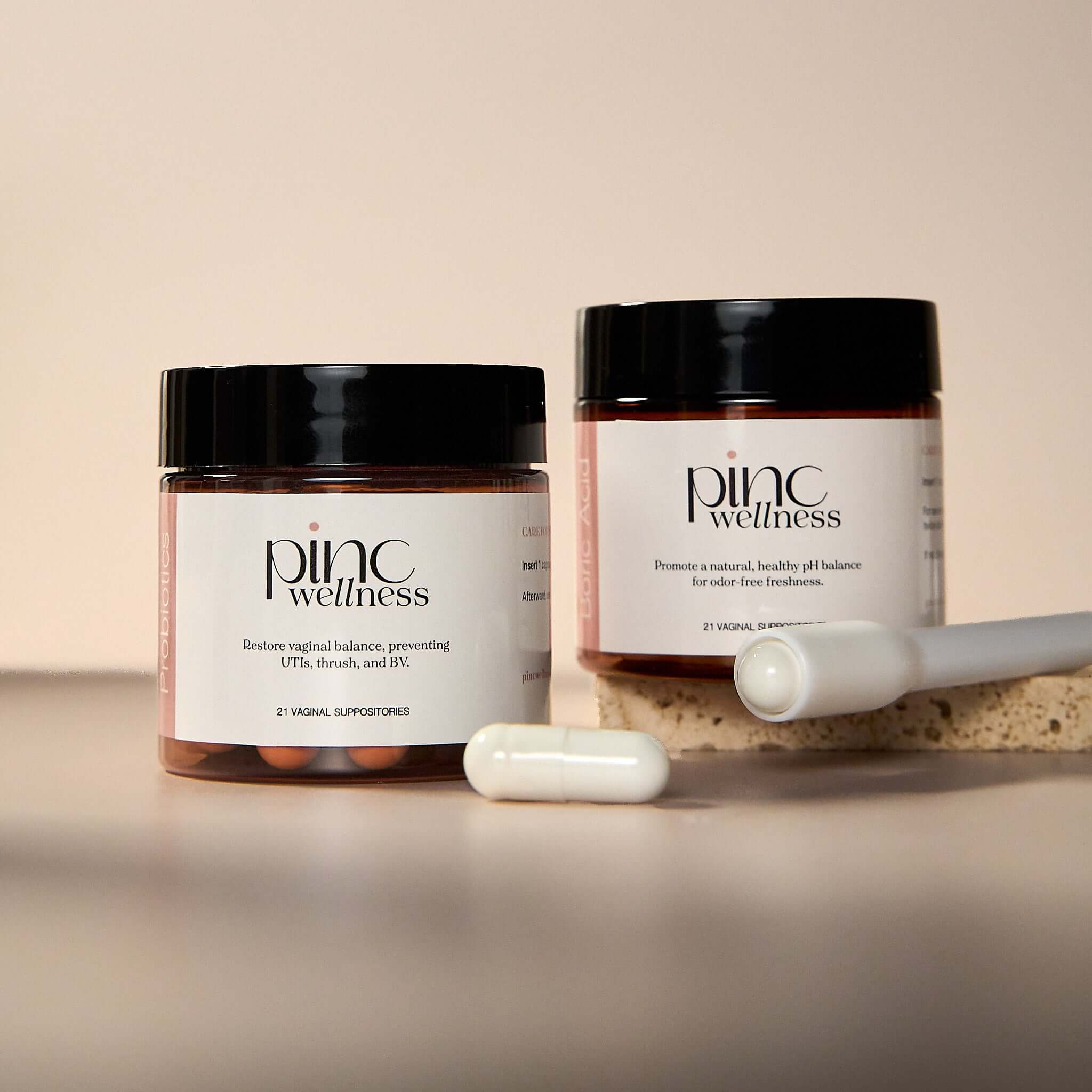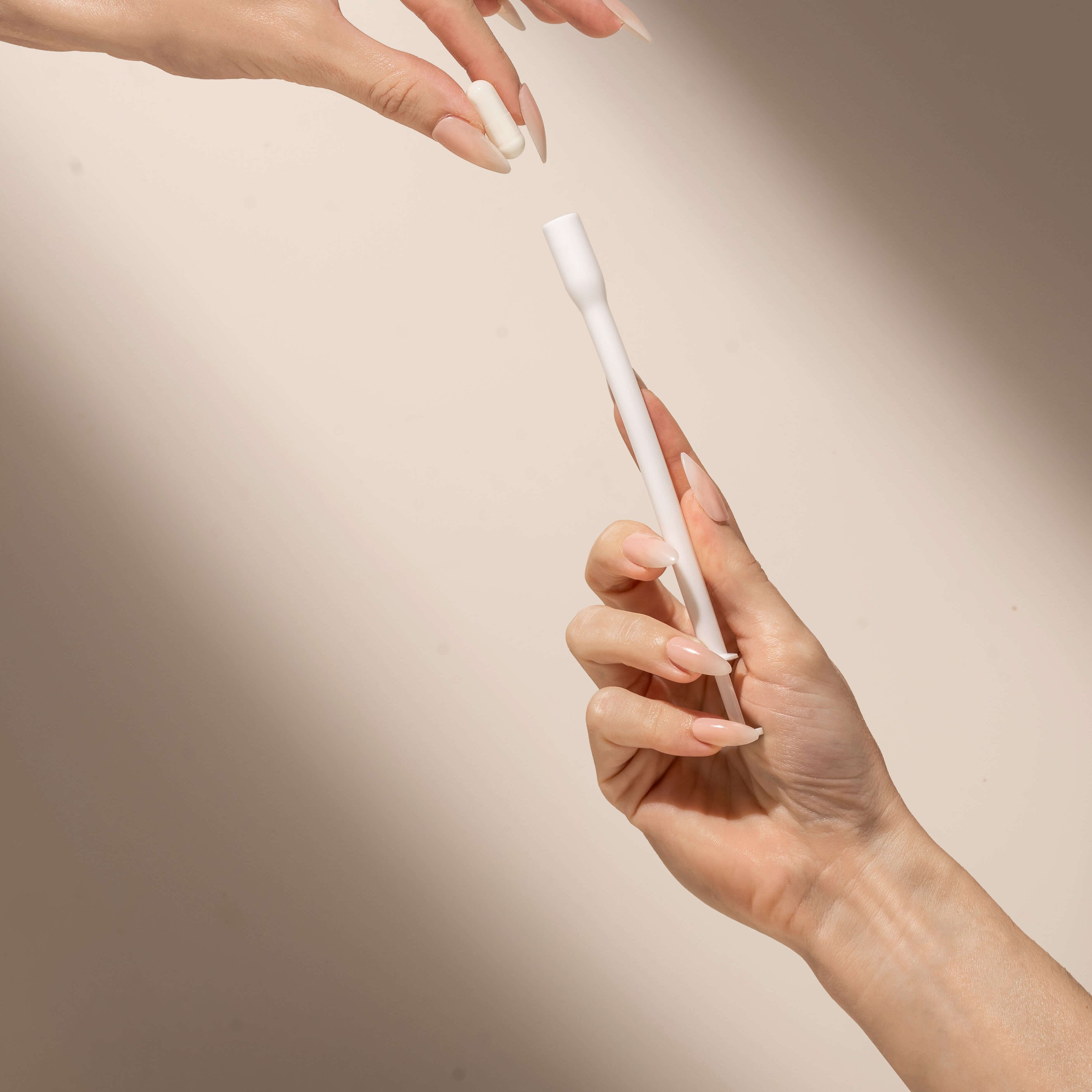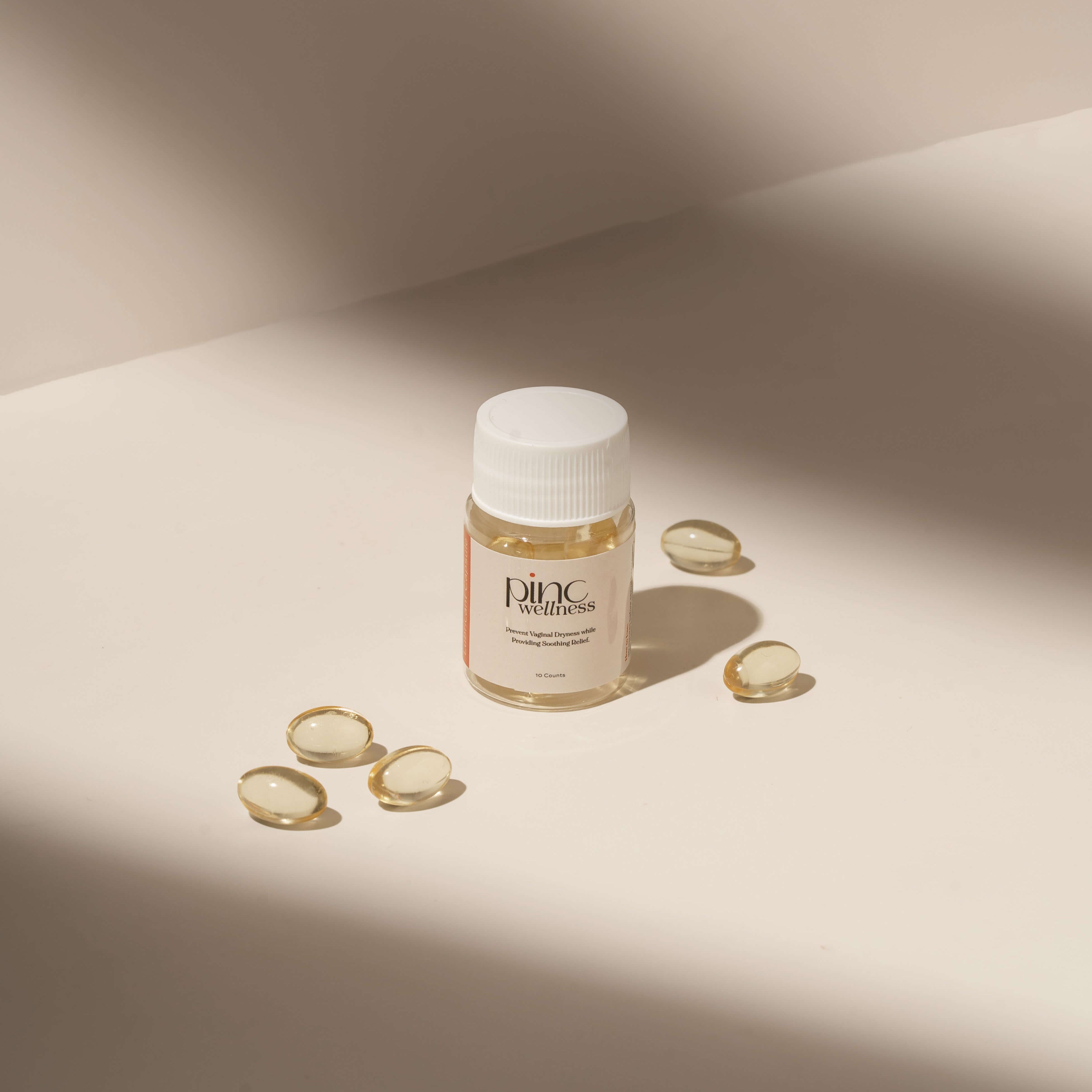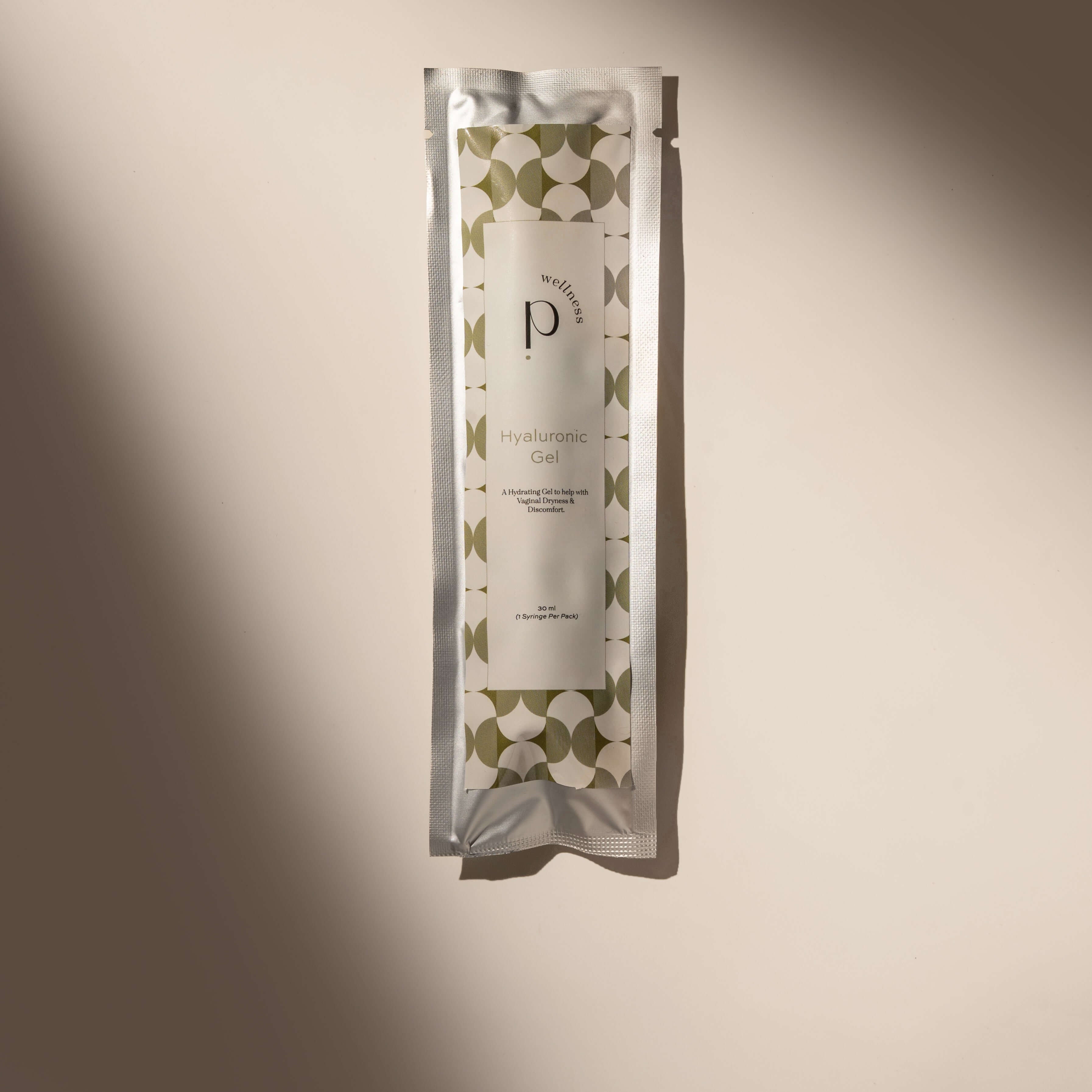Pelvic Pain or Infection? Why They’re Often Mistaken for Each Other
Pelvic pain is one of the most common reasons women seek medical care — yet it’s also one of the most confusing. Is it your period? A urinary tract infection? Endometriosis? Or bacterial vaginosis (BV) flaring up again?
Because many conditions in the pelvic region share overlapping symptoms, women are often misdiagnosed, dismissed, or sent home with antibiotics that don’t actually solve the problem. At Pinc Wellness, we want to help you understand the difference — so you can advocate for the care you deserve.
Why Pelvic Pain and Infection Feel Similar
Your pelvis is home to multiple organs — bladder, uterus, ovaries, bowel — all sitting close together and connected by nerves. When one area is inflamed or irritated, pain can spread, making it difficult to pinpoint the cause.
Add in the fact that infections (like BV, thrush, or UTIs) and chronic conditions (like endometriosis or pelvic inflammatory disease) often trigger similar sensations — and confusion is almost guaranteed.
Common Infections That Cause Pelvic Pain
Urinary Tract Infections (UTIs)
-
Burning or stinging when urinating
-
Pelvic pressure or ache
-
Frequent urge to pee, even when little comes out
Bacterial Vaginosis (BV)
-
Fishy or unpleasant vaginal odour
-
Thin, grey/white discharge
-
Sometimes mild pelvic discomfort or burning
Thrush (Yeast Infections)
-
Intense itching or soreness
-
Thick, cottage-cheese-like discharge
-
Burning during sex or urination
Pelvic Inflammatory Disease (PID)
-
Pelvic or lower abdominal pain
-
Fever, chills, nausea
-
Abnormal discharge or bleeding
Non-Infectious Causes of Pelvic Pain
Not all pelvic pain means infection. Some chronic conditions mimic infection symptoms, leading to misdiagnosis.
-
Endometriosis: Painful periods, deep pain during sex, bowel/bladder pain
-
Irritable Bowel Syndrome (IBS): Cramping, bloating, alternating constipation/diarrhea
-
Pelvic Floor Dysfunction: Muscle tightness causing pressure, pain with sex, or urinary symptoms
-
Ovarian Cysts: Sudden sharp or ongoing pelvic pain, bloating
When the Lines Blur
It’s not unusual for women to be prescribed antibiotics multiple times for “UTIs” or “BV” — only to find the pain persists. Why? Because pelvic pain and infection often overlap, but aren’t always connected:
-
BV and thrush can irritate the vaginal walls, creating burning that feels like a UTI.
-
Endometriosis flare-ups can mimic bladder infections.
-
Pelvic floor muscle tightness can cause pain during urination or sex — without infection at all.
-
PID can start with an infection but continue to cause pain even after bacteria are gone.
How to Tell the Difference
Getting clarity usually requires a mix of:
-
Testing: Vaginal swabs, urine tests, and blood work to confirm or rule out infection
-
Imaging: Ultrasound or MRI for conditions like ovarian cysts or endometriosis
-
Symptom Tracking: Keeping a journal of when pain flares (periods, sex, after antibiotics, etc.) can help your provider connect the dots
-
Second Opinions: If your symptoms persist after “treatment,” don’t settle. Ask for further investigation.
Supporting Your Vaginal & Pelvic Health
At Pinc Wellness, we believe in tackling both immediate relief and long-term resilience.
-
For infection support:
-
Boric acid suppositories can help manage BV and yeast-related odour, itching, and discharge.
-
Probiotic capsules help restore balance and reduce recurrences.
-
-
For ongoing pelvic comfort:
-
Use a pH-balanced wash daily to avoid irritation from harsh soaps.
-
Wear breathable underwear to reduce moisture and friction.
-
Explore gentle pelvic floor exercises or physiotherapy if pain feels muscular.
-
When to Seek Help
See a healthcare provider if you experience:
-
Severe or sudden pelvic pain
-
Pain with fever, chills, or nausea
-
Persistent burning or discharge that doesn’t improve
-
Pain during sex that is worsening
-
Ongoing pelvic pain despite multiple rounds of antibiotics
You deserve answers — not endless trial and error.
The Bottom Line
Pelvic pain and vaginal infections share a lot of symptoms, which is why women are so often misdiagnosed or left feeling unheard. By understanding the overlaps — and knowing when to push for deeper testing — you can get closer to real answers and lasting relief.
At Pinc Wellness, we’re here to support you with science-backed products, education, and community, so you never feel like you’re navigating pelvic pain alone.
⚠️ Disclaimer: This article is for educational purposes only and does not replace professional medical advice. Please consult a qualified healthcare provider for diagnosis and treatment.

